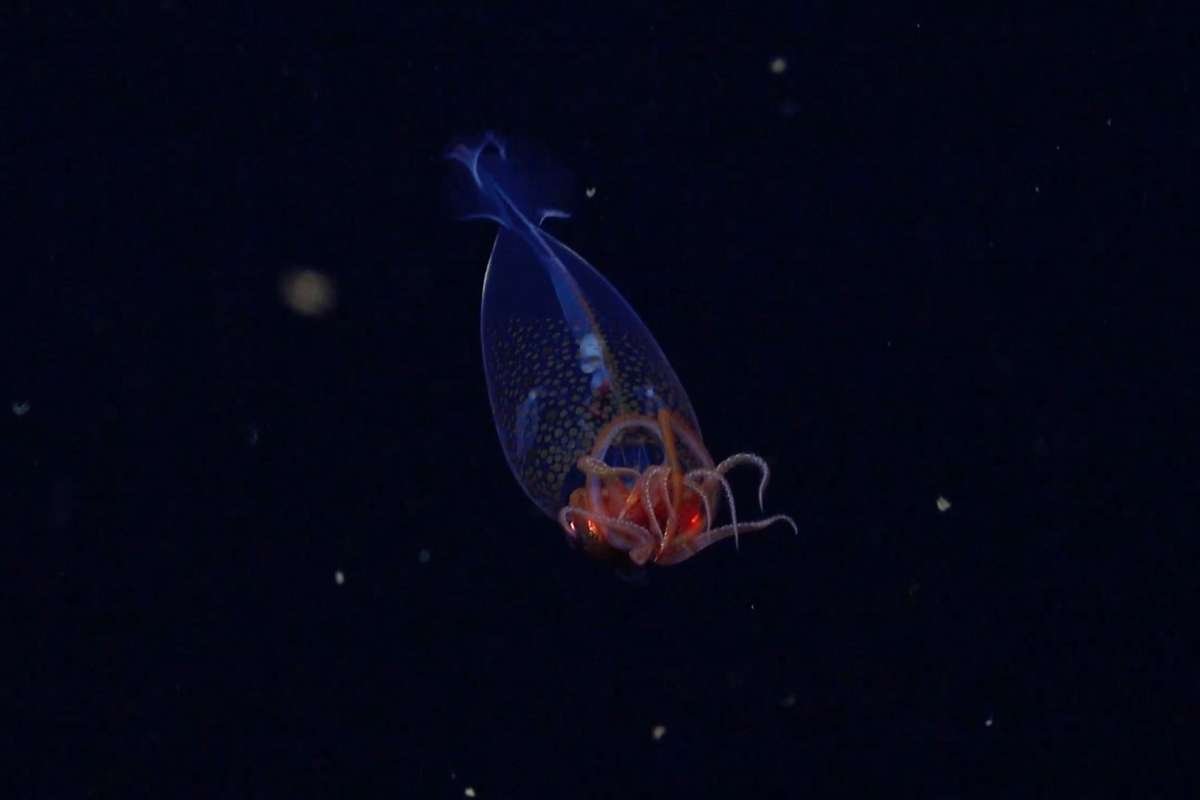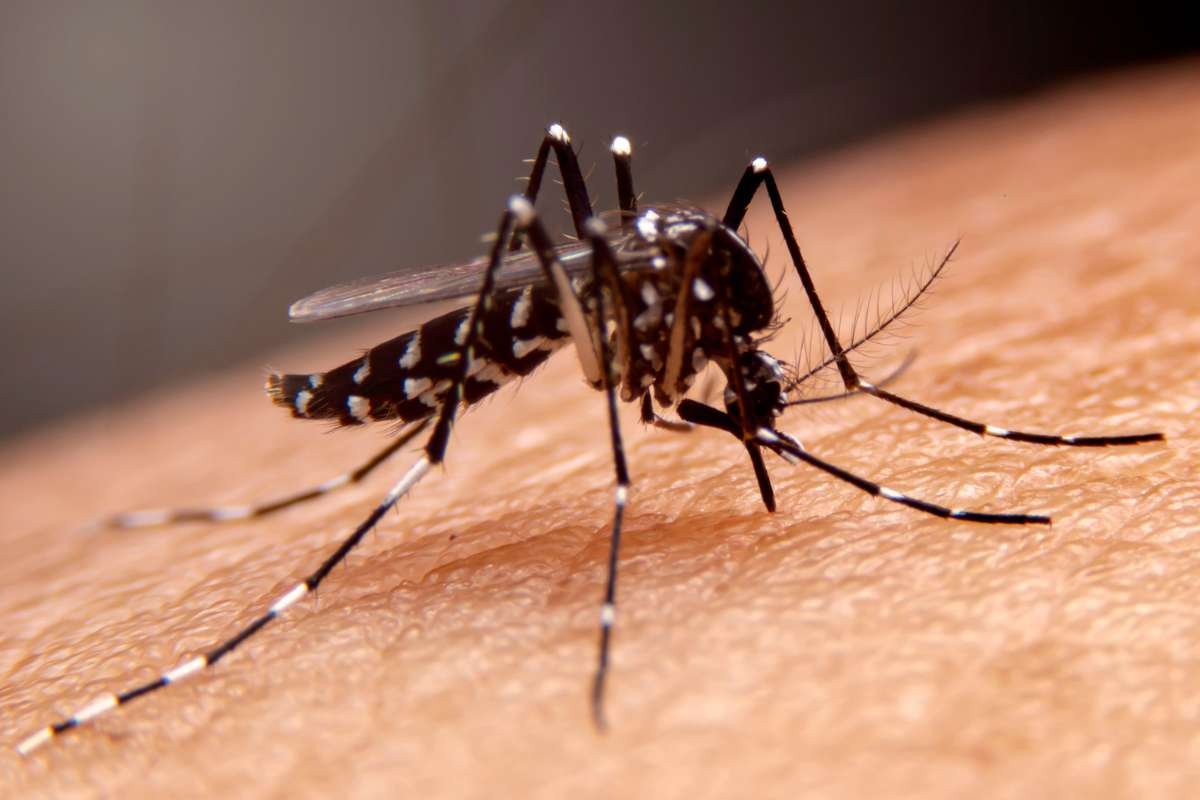A Century-Long Mystery Finally Solved
Nearly 100 years after the colossal squid was first described in 1925 from remains found in a sperm whale’s stomach, scientists have finally captured the first confirmed video of this elusive creature in its natural environment. The footage, featuring a 30-centimetre juvenile, was recorded at a depth of 600 metres near the South Sandwich Islands during an international expedition led by the Schmidt Ocean Institute in collaboration with Ocean Census.
Despite its name, the colossal squid (Mesonychoteuthis hamiltoni) remains one of the most mysterious marine animals. Capable of reaching lengths of up to seven metres and weighing as much as 500 kilograms, it is the heaviest known invertebrate on Earth. However, due to its deep-sea habitat and elusive nature, much of its biology and behaviour remain poorly understood.
This groundbreaking observation occurred during a live-streamed deep-sea mission intended to explore the ocean floor for new species and habitats. Though initially unconfirmed, experts later verified the squid’s identity after reviewing high-definition footage, noting distinct physical features such as mid-arm hooks—characteristic of the colossal squid.
Elusive Giants and Technological Hurdles
Studying colossal squid in the wild has proven exceptionally difficult, not only due to the extreme depths they inhabit but also because of their acute sensitivity to light and sound—traits likely developed to avoid predators such as sperm whales. These whales remain one of the most reliable sources of information on colossal squid, as they frequently hunt them in the same remote waters.
Traditional exploration tools are often bulky, loud, and equipped with bright lights that can startle deep-sea creatures. In contrast, the colossal squid has evolved over millions of years to detect and avoid light disturbances, helping it elude both predators and human observers. As a result, sightings are rare and typically unconfirmed due to challenges in distinguishing them from other species like the glass squid, a close relative in the Cranchiidae family.
A previous expedition by the research group Kolossal in 2023 observed a similar juvenile squid, but lacked sufficient visual detail to confirm it as a colossal squid. This time, however, the Schmidt Ocean Institute’s footage provided clear views of defining features—making this the first definitive sighting of the species in its natural habitat.
A Glimpse into the Deep’s Hidden Wonders
The confirmed video not only marks a scientific breakthrough but also highlights the breathtaking beauty of deep-sea life. The juvenile squid, though “small” by colossal standards, appeared as a delicate, transparent figure—almost like a glass sculpture—its iridescent eyes shimmering and its graceful fins nearly invisible due to their fine musculature.
As the squid matures, it will lose much of this translucent quality and grow into a formidable predator capable of capturing large prey like two-metre-long toothfish. But this rare view of a juvenile in its deep-sea domain challenges the common portrayal of deep-sea creatures as monsters, instead showcasing an animal of quiet elegance and evolutionary brilliance.
With modern technology and open-access livestreams, deep-sea exploration is now available to the public, inviting global audiences to witness discoveries as they happen. The deep sea, covering 95% of Earth’s habitable space and home to untold species, continues to astound scientists and viewers alike. This milestone reminds us how much remains unexplored—and how wondrous our oceans truly are.
Visit The Lifesciences Magazine For The Most Recent Information.







